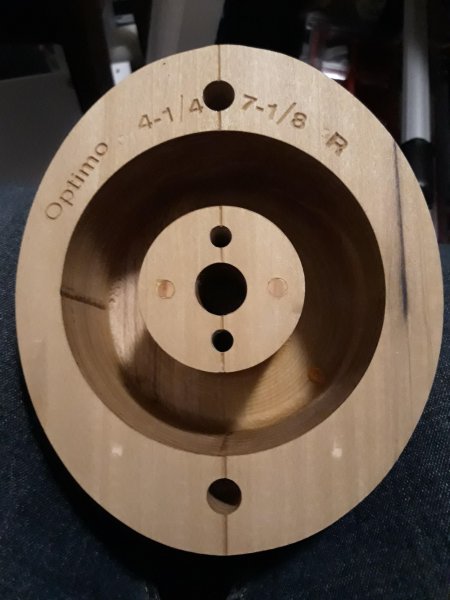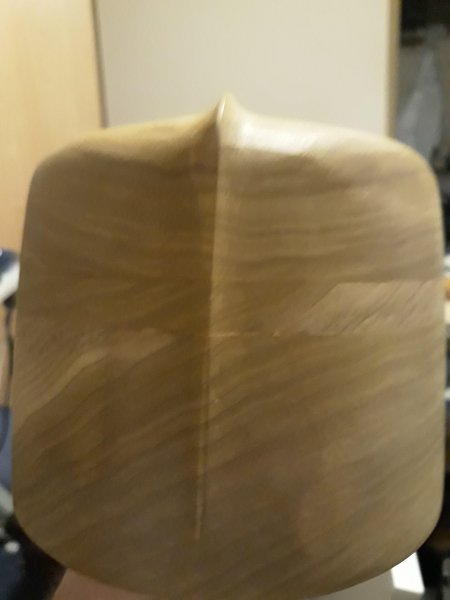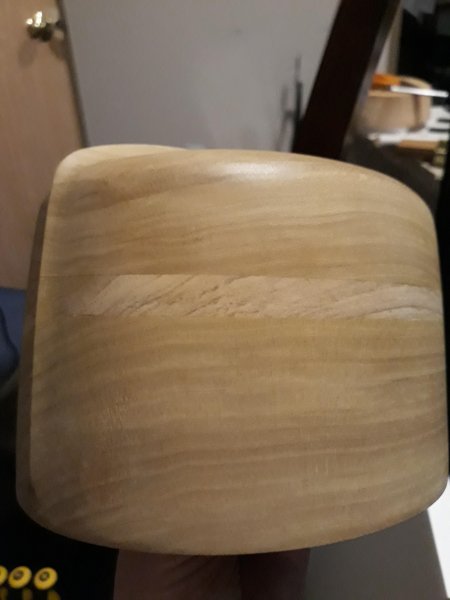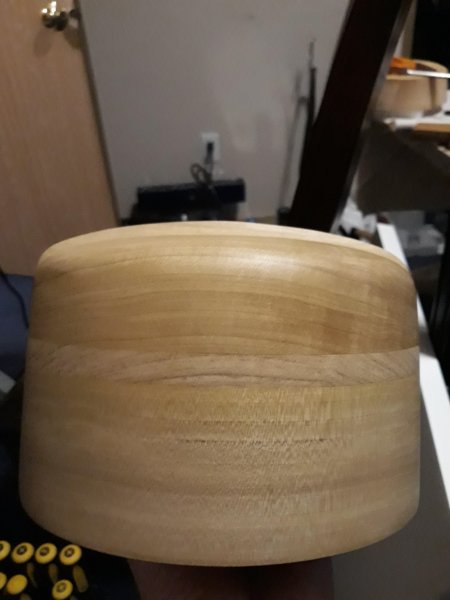- Messages
- 10,952
- Location
- vancouver, canada
I sometimes wake up too early and can't get back to sleep. I stay in bed and use that time to come up with hat making solutions. The other day I came up with what I think is a better way to get the tight fit of the ribbon to the hat. I will let you know when I have a chance to try it out. Right now I am making hats with leather bands/conchos....no ribbon/bow work to do.If you wouldn't mind post some images of the attachment.
I just bound a brim last night, working on making the wind trolley now and tested a new method to get a tight fit of the hat band. Working great as long as I do a two piece hat band. The one I am putting on is a two direction sharksgill bow.
I will post some pics when my wife unboxes it. We have two hats to add brim treatment....just waiting for the binding ribbon to arrive.






